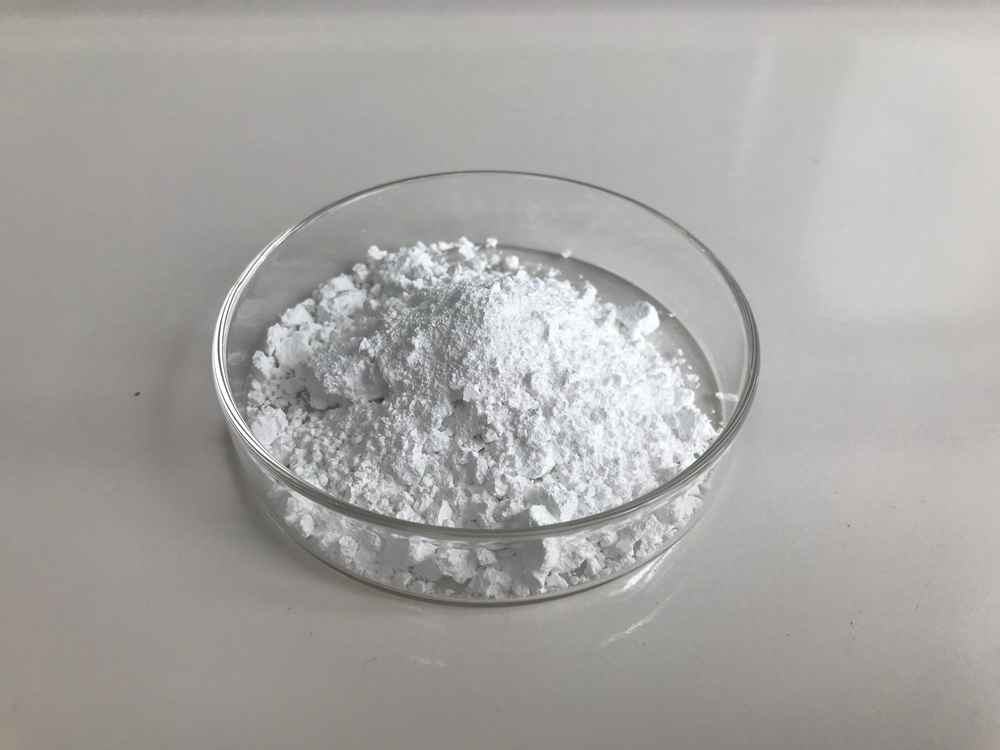Hydroxyapatite is a calcium phosphate compound that is commonly used in various applications, including dental care and bone implants. Here are some general guidelines on how to use hydroxyapatite for different purposes:
Dental Care:
1.Toothpaste and Mouthwash:
Look for toothpaste and mouthwash products that contain hydroxyapatite.
Use them as you would regular toothpaste and mouthwash, following the recommended usage instructions on the product packaging.
Hydroxyapatite in dental products is believed to help remineralize tooth enamel and reduce sensitivity.
2.Toothpaste Application:
Apply a small amount of hydroxyapatite toothpaste on your toothbrush.
Brush your teeth thoroughly for at least two minutes, making sure to cover all surfaces of your teeth.
Spit out the excess toothpaste without rinsing immediately to allow the hydroxyapatite to have prolonged contact with your teeth.

Bone Implants:
1.Medical Professional Guidance:
The use of hydroxyapatite in bone implants is typically performed by trained medical professionals.
Follow the instructions provided by your healthcare provider or surgeon regarding the implant procedure and aftercare.
2.Post-Implant Care:
Follow the specific post-implant care instructions given by your healthcare provider.
This may include restrictions on physical activities, medications, and regular follow-up appointments.
General Tips:
1.Consultation:
Before using hydroxyapatite products for dental care or medical purposes, consult with your dentist or healthcare provider.
They can provide personalized advice based on your specific oral health or medical condition.

2.Consistency:
Consistency is key in dental care. Use hydroxyapatite toothpaste regularly as part of your oral hygiene routine for optimal results.
3.Follow Manufacturer Instructions:
Always follow the instructions provided by the manufacturers of hydroxyapatite-containing products for the best results.
Remember, individual responses may vary, and it’s crucial to seek professional advice for specific dental or medical concerns. If you have any doubts or questions, consult with your dentist or healthcare provider for guidance tailored to your needs.
